Is there anything more frustrating than celebrating the success of finally dropping a nighttime feed, only to see it reappear? If you’re experiencing this, I promise you are not alone! This frustrating phenomenon is called reverse cycling, and it’s actually quite common. Why? Because it’s an easy trap to fall into, and breaking the cycle takes dedicated effort.
What is Reverse Cycling?
Reverse cycling occurs when your baby starts consuming fewer calories during the day (think shorter feeds, skipped feeds, or less interest in feeding). As a result, they become hungrier at night and seek to make up for the missed calories. The tricky part? Once established, it can be tough to resolve. Luckily, there are several reasons why it might be happening, and by understanding them, we can find solutions!
Why Reverse Cycling Happens
Reverse cycling can happen anytime your baby falls short of their daily calorie needs. Every baby has a specific amount of calories they require within a 24-hour period for healthy growth and development. If they haven’t reached that amount by bedtime, night wakings for missed calories become more likely.
If your baby consumes more calories than normal during the night, their day will begin in a caloric surplus, which means they will eat less again the following day. Which means, you guessed it, more calories the following night. And the cycle continues.
There are a handful of situations that trigger reverse cycling. I’m breaking down some of the most common reasons below.
Common culprits for reverse cycling
- Skipped Feeds: This is a common culprit. Skipping a daytime feed without offering it later throws your baby’s calorie intake off balance. They’ll likely wake up hungry at night to make up for the deficit.
- Disrupted Feeding Routines: Regressions, illnesses, or even growth spurts can create erratic feeding patterns. If your baby doesn’t get their full daytime calories during these times, expect an increase in night feeds.
- Nighttime Feasting: If your baby consumes most of their calories at night due to frequent night feeds, they’ll likely be less hungry during the day, creating a cycle of night-heavy feeding.
- Distracted Eating: Around 5 months, babies become easily distracted during feeds. This can lead to missed calories and increased hunger at night (when there is less distraction).
- Comfort Feeds: Night wakings are frustrating, and offering a feed to get your baby back to sleep is understandable. However, frequent comfort feeds can contribute to reverse cycling.
Correcting Reverse Cycling
Unfortunately, reverse cycling often requires some effort to correct. The key to success lies in calorie manipulation, shifting intake from nighttime to daytime. Remember, reverse cycling happens because too many calories sneak into nighttime feeds. To fix it, we need to transfer those calories to the day.
Nighttime Strategies
- Nighttime Weaning: This is the core of correcting reverse cycling. The goal is to eliminate unnecessary night calories by slowly weaning night feeds. This encourages your baby to consume more during the day to meet their needs.
Daytime Strategies
- Increase Daytime Calories: While seemingly simple, it’s not always easy. If your baby isn’t naturally hungry, they might not readily accept those extra calories. That’s why this strategy works best alongside nighttime weaning.
- “Snack” Feeds: For nursing moms, I recommend offering one additional “snack” feed during the day. It can be offered anytime, and even a partial feed contributes to increased daytime intake.
- Bottle Feeding Adjustments: Bottle feeding allows for more precise calorie control. You can increase the volume per bottle by 0.5-1oz or offer a small “snack bottle” in between feeds.
Patience is key! Correcting reverse cycling can take a few weeks, depending on how your baby adjusts to change. For extra support or a personalized plan, consider scheduling a consultation or enrolling in my infant sleep training course, which dives deeper into night weaning and correcting reverse cycling.
















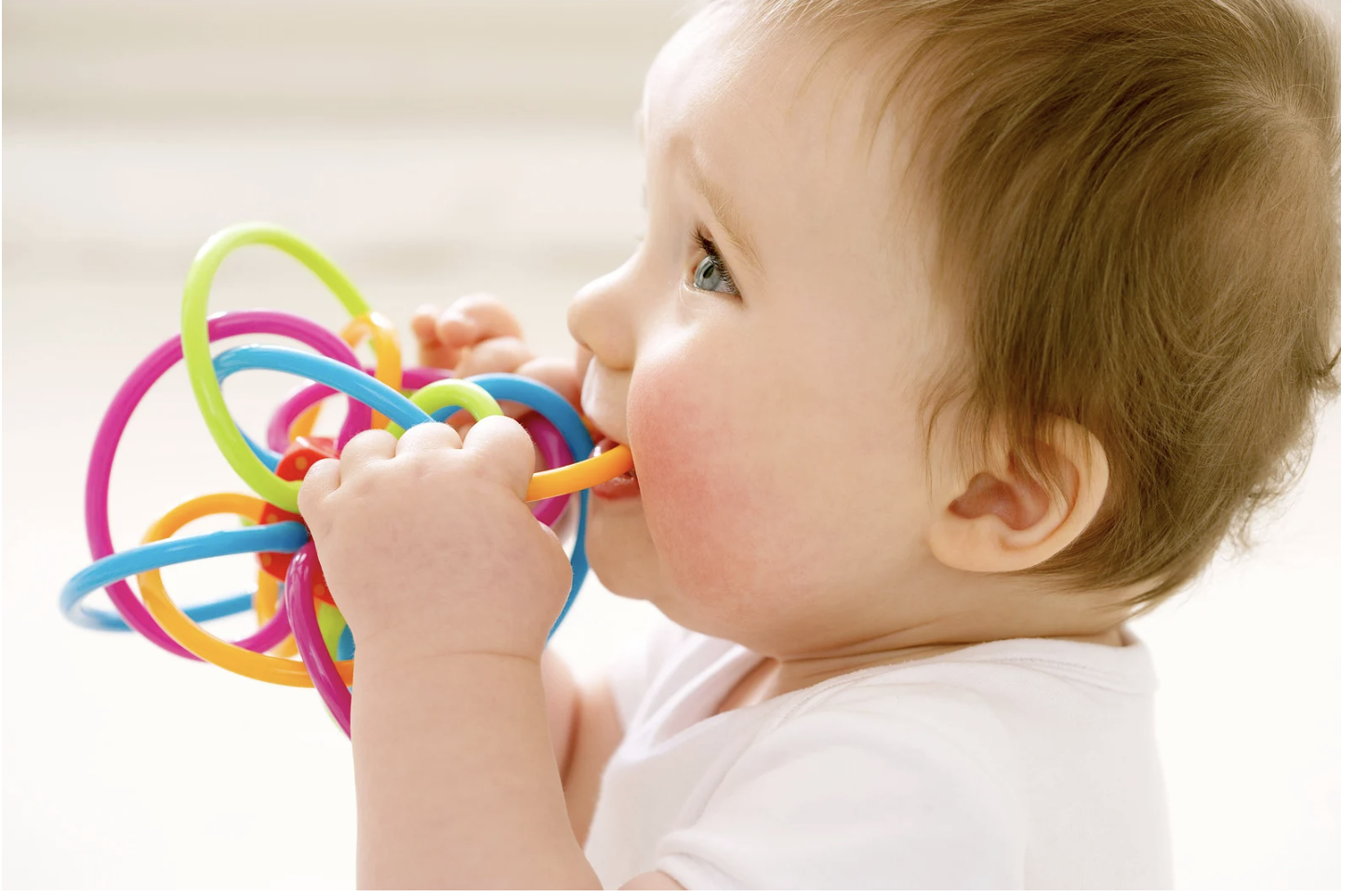




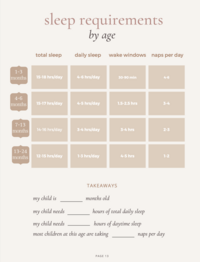
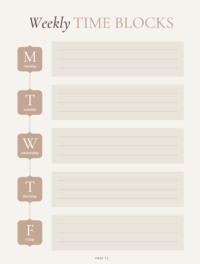
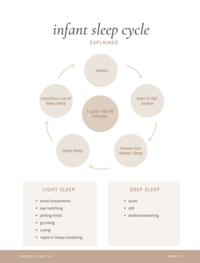



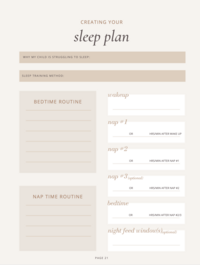

Read the Comments +